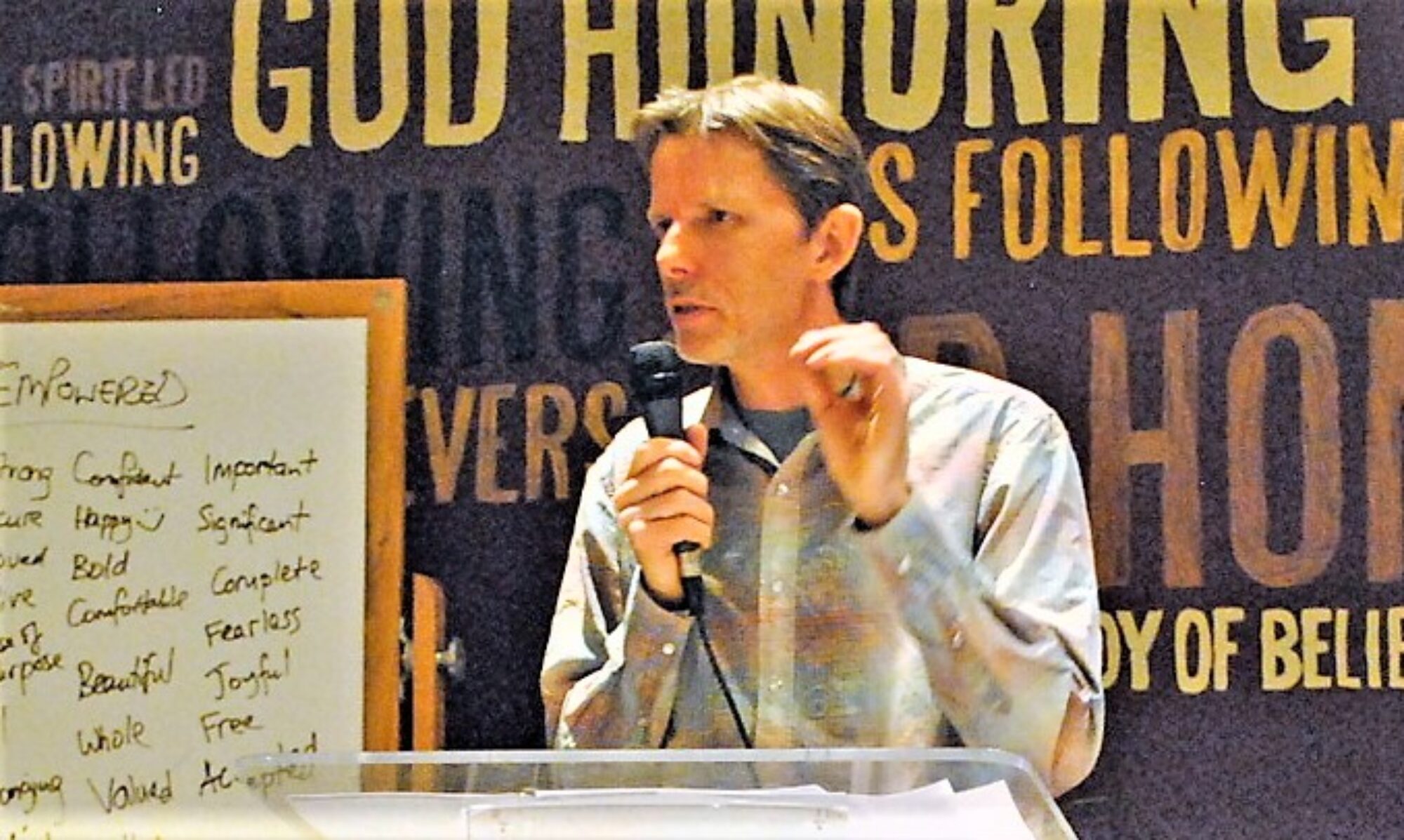Great Commission Dilemma
Every generation wants to be the final generation that brings Jesus back to Earth. Many Christians believe that for Jesus to come back, His final command – what we call The Great Commission – must be completed. But what does this mean? And is the Great Commission mandate an impossible task?
When Michelle and I responded to God’s missionary call on our lives back in the early ’90s, there was a global missionary movement called ‘The AD2000 Movement’. This had begun in the late ’80s and sought to motivate world mission engagement in the run-up to the turn of the century.
Countdown to 1900
Interestingly, a similar movement had taken place a hundred years previously. The chief proponent, an American missionary and author, Dr A. T. Pierson, wrote many articles and books on world evangelisation, including titles such as, An Appeal to Disciples Everywhere (1885), The Crisis of Missions (1886), and The Greatest Work in the World: The Evangelisation of All Peoples in the Present Century (1891).1
Pierson and others of like mind held the conviction that the Church was disobedient to the Great Commission. This was delaying the evangelisation of the world. There was debate over whether Jesus’ command was merely to proclaim the gospel, or to also see conversions take place. Pierson wrote about the apostle Paul’s yearning to press into “the regions beyond” where Christ had never been named (2 Corinthians 10:16). He also believed the Great Commission task was for every believer, not just for professional missionaries and church workers. Some believed that the job would only be completed with the help of native workers.
As the end of the century approached, the emphasis changed to ‘The Evangelisation of the World in This Generation’. This became the watchword of the Protestant Christian missionary community and the motto of the Student Volunteer Movement, which inspired many young people to engage in the cause of world mission. However, some felt the specifying of a completion time was unhelpful.
Target 2000
One hundred years later, as the end of another century approached, time was once again used as a rallying cry and motivation to inspire people to do their part in finishing the Great Commission. Mission groups targeted the year 2000 as the completion date to aspire to. ‘Target 2000’ was the new catchphrase. The AD2000 movement grew as more entities worldwide joined the cause in which they would collaborate, “A church for every people and the gospel for every person by the year 2000.” Later, the movement was renamed AD2000 & Beyond.
Problematic Definitions & Criteria
There are a few issues here. There is no widely accepted definition for the phrase, ‘world evangelisation’. If it means the evangelising of every individual person by a particular date, this can never be achieved as new people are born or reach an age where they can hear the gospel every second. If it means having a ‘missiological breakthrough’ in every people group, this presents problems too as what is the criteria for a ‘people group’? What constitutes a ‘breakthrough’ or a group being ‘reached’? Also, there are groups that have been ‘reached’ and ‘converted’ in the past, but which are now considered ‘unreached’! Going down this route is very problematic and full of arbitrary decisions. By doing so, have we turned the Great Commission into an impossible task to fulfil?
We also need to consider the full scope of the Great Commission, a subject I have written about many times before. While Mark records, “Go into all the world and announce the message to all creation” (Mark 16:15), Matthew expands on Jesus’ parting words as, “All authority in heaven and on earth has been given to me! So you must go and make all the nations into disciples. Baptize them in the name of the father, and of the son, and of the holy spirit. Teach them to observe everything I have commanded you” (Matthew 28:18-20). Teaching and discipling nations requires a lot more time and commitment than merely proclaiming the message of the kingdom.
In conclusion, I think we should be careful over the terminology we use, not only with setting target dates of completion, but also with placing certain criteria as the way we determine the task will be fulfilled (e.g. the Great Commission will be completed once the last unreached people group has heard the gospel).2 Added to this would be bold declarations that we are the ‘end-time generation’ (I expect every generation has believed they would usher in Jesus’ return)!
Faithful Engagement
What is important is that we do what King Jesus has commanded. To announce the arrival of His Kingdom. To disciple the nations to obey Jesus’ teachings. There will always be those who believe and receive the message, and those who don’t. As with individuals, we cannot specify when a nation has been sufficiently discipled. It may adhere to Jesus’ teachings in some areas, and not in others.
Let’s be those who when our Master does return, whether in our generation or a future one, He finds us obeying what He has called us to do. “Well done, good and faithful servant!” were the words Jesus used in his parable of the talents (Matthew 25:21-23).
As God’s new creation humanity on the Earth, this will require us to come into a unity that at present does not exist. This is one clue why I don’t believe Jesus can return any time soon. Jesus prayed that we “would be completely one, so that the world may believe” (John 17:21-22). Jesus gets His prayers answered and when He does, the world will see that He is the Messiah-King, and the kingdoms of this world will become the Kingdom of our God and King (Revelation 11:15).
1 Source: Countdown to 1900: World Evangelization at the End of the Nineteenth Century, by Todd M. Johnson, 1988.
2 Another scripture used is “…and this gospel of the kingdom will be preached in all the world as a witness to the nations, and then the end will come” (Matthew 24:14). However, taken in context, Jesus is referring to the end of the Old Covenant age and the destruction of the temple in Jerusalem, not the end of the world.
(Photo: Image by Mohamed Hassan from Pixabay)


